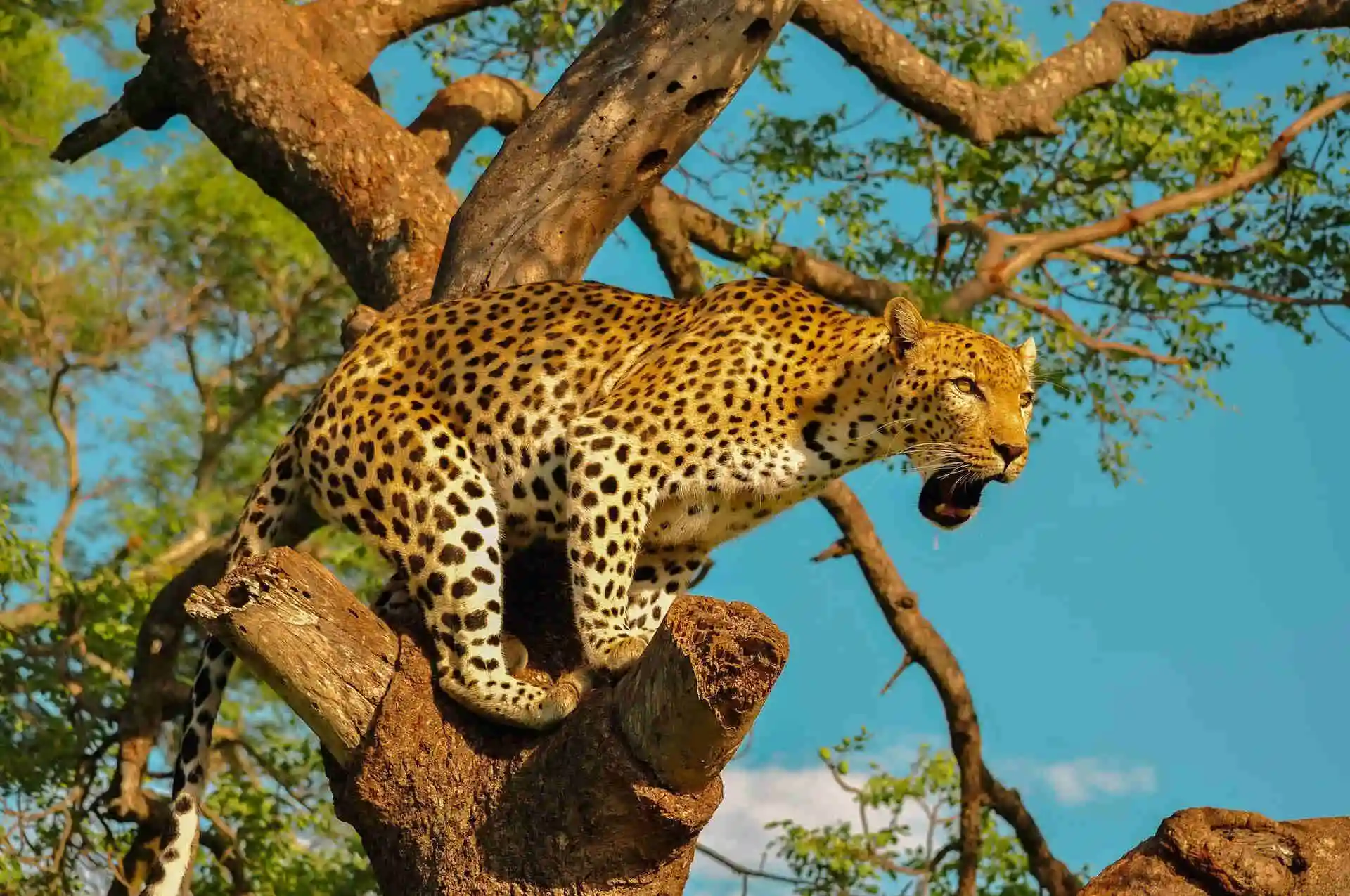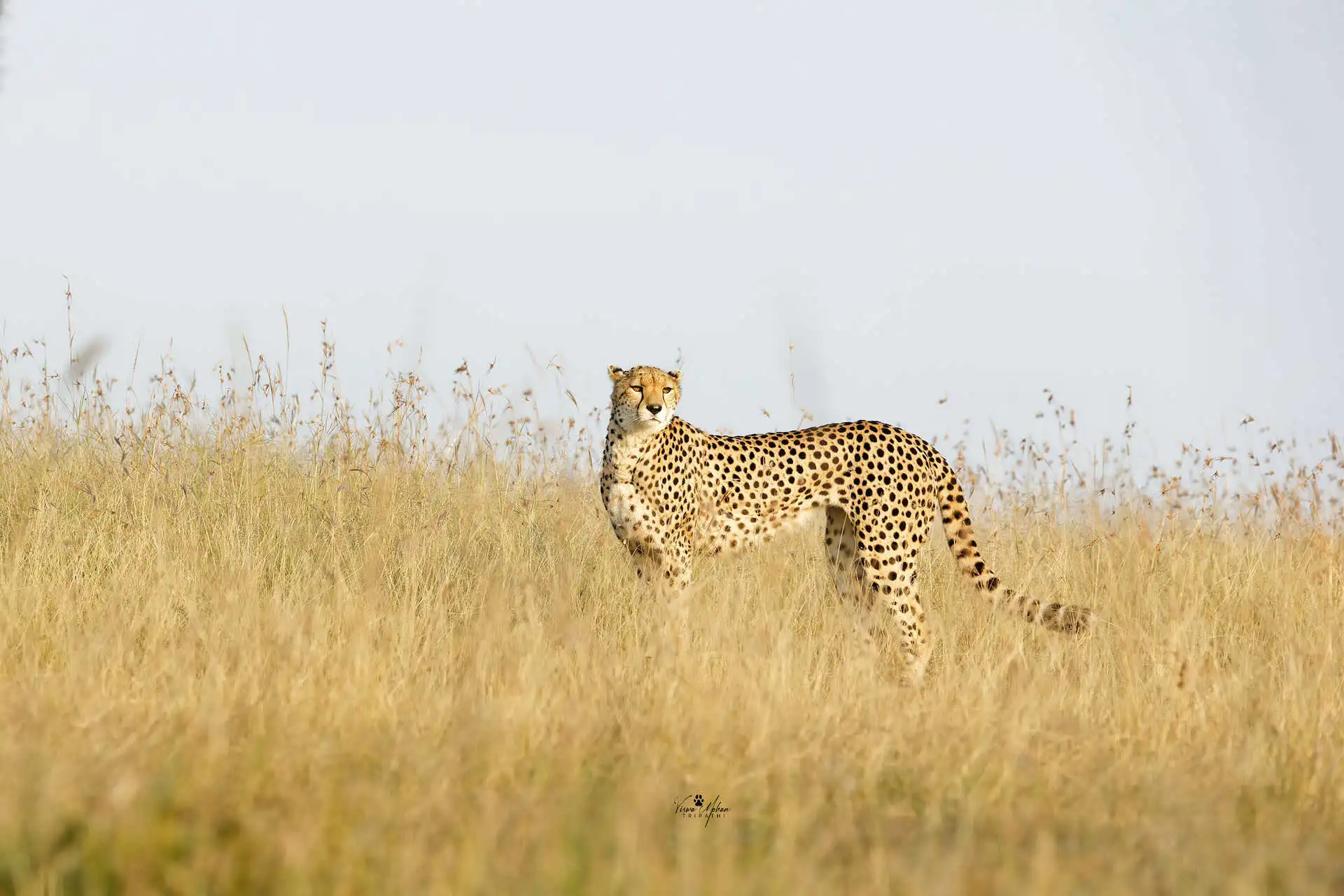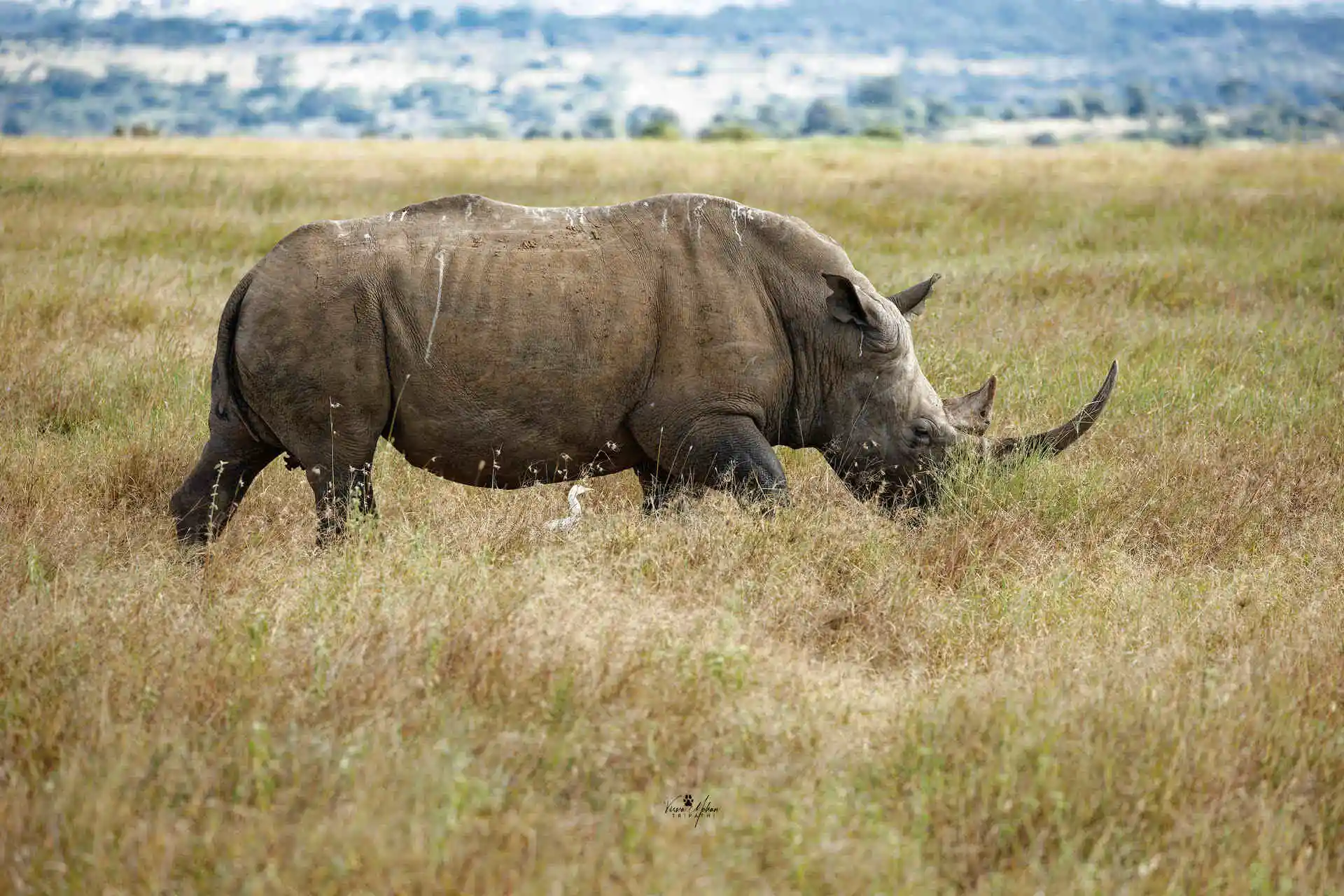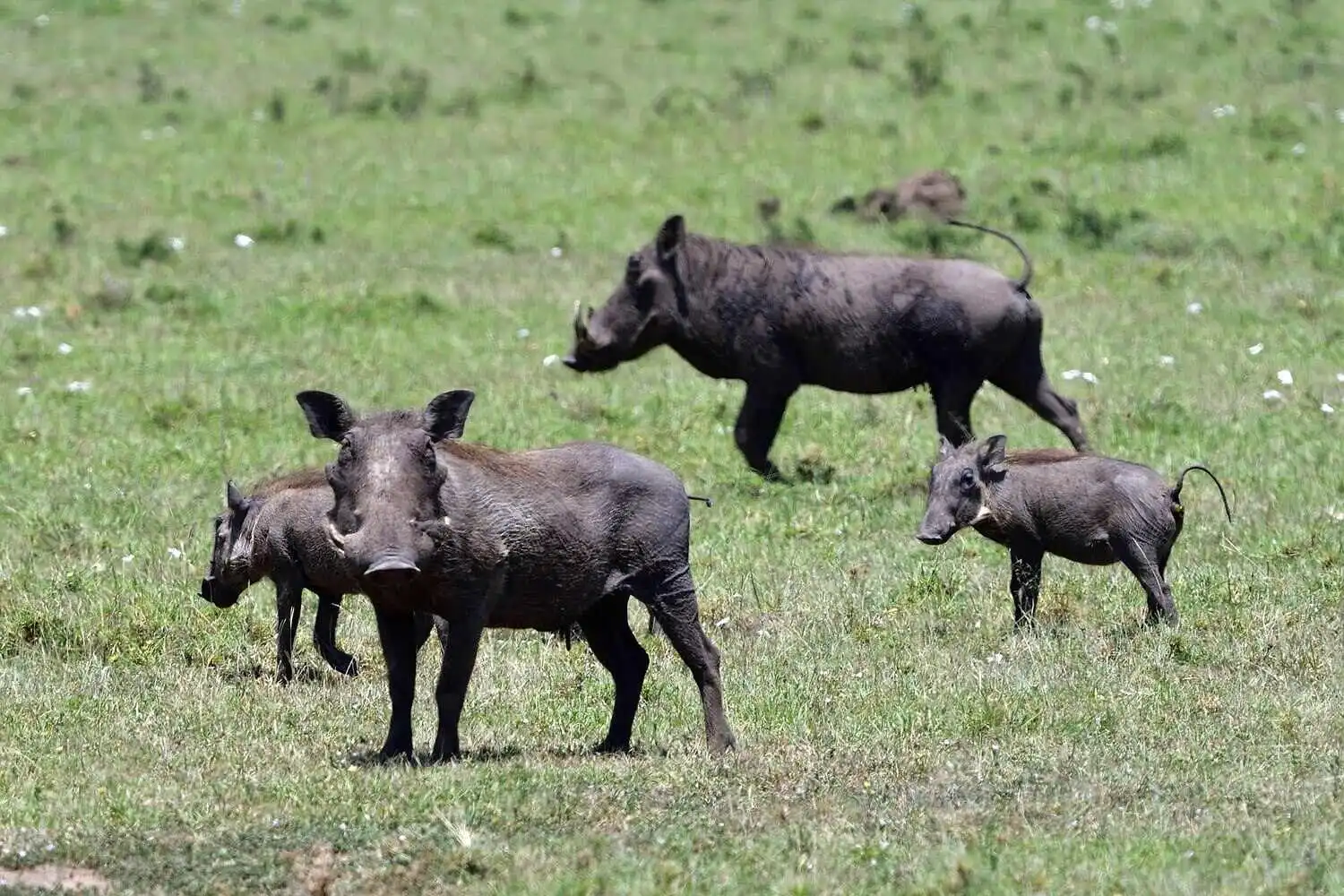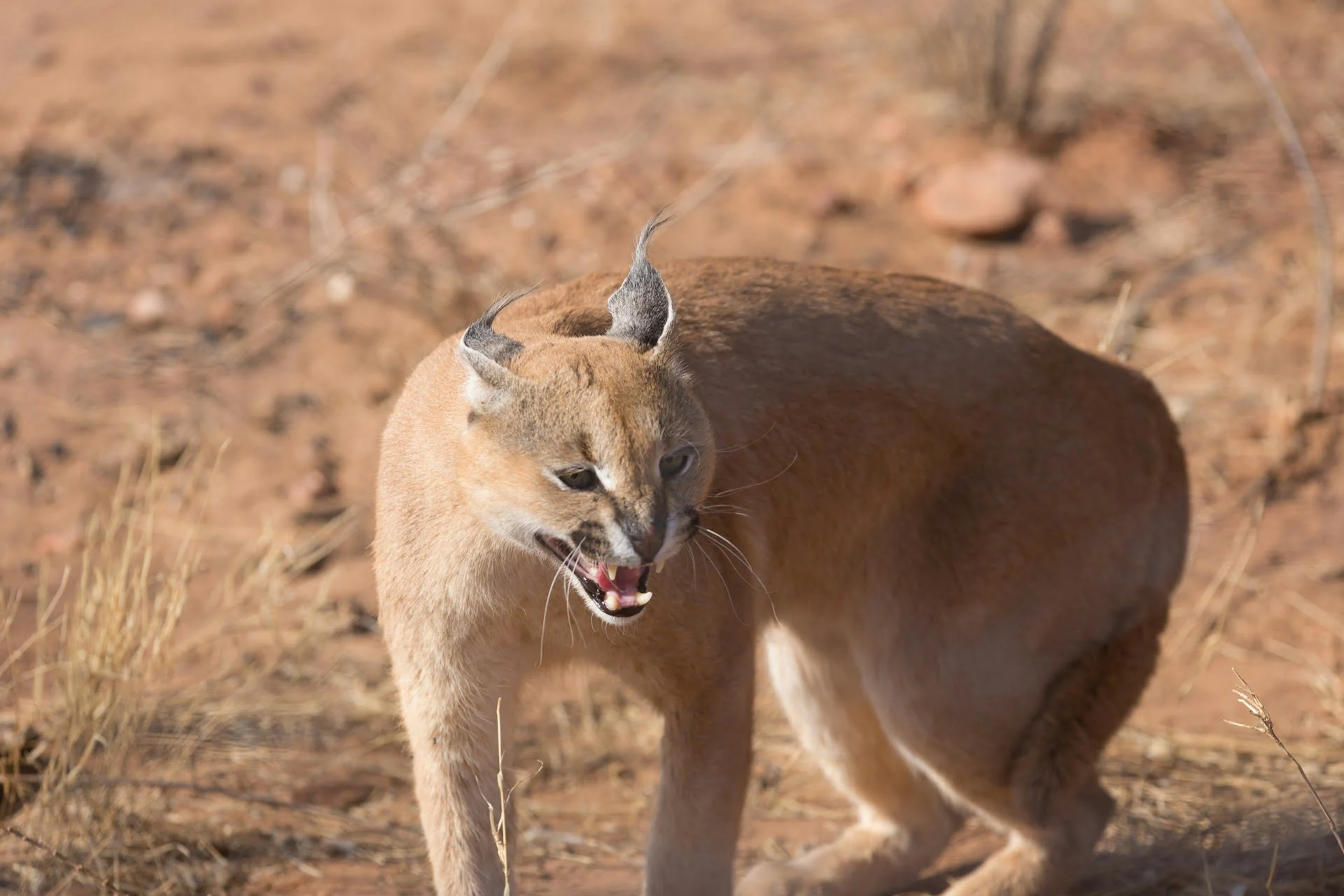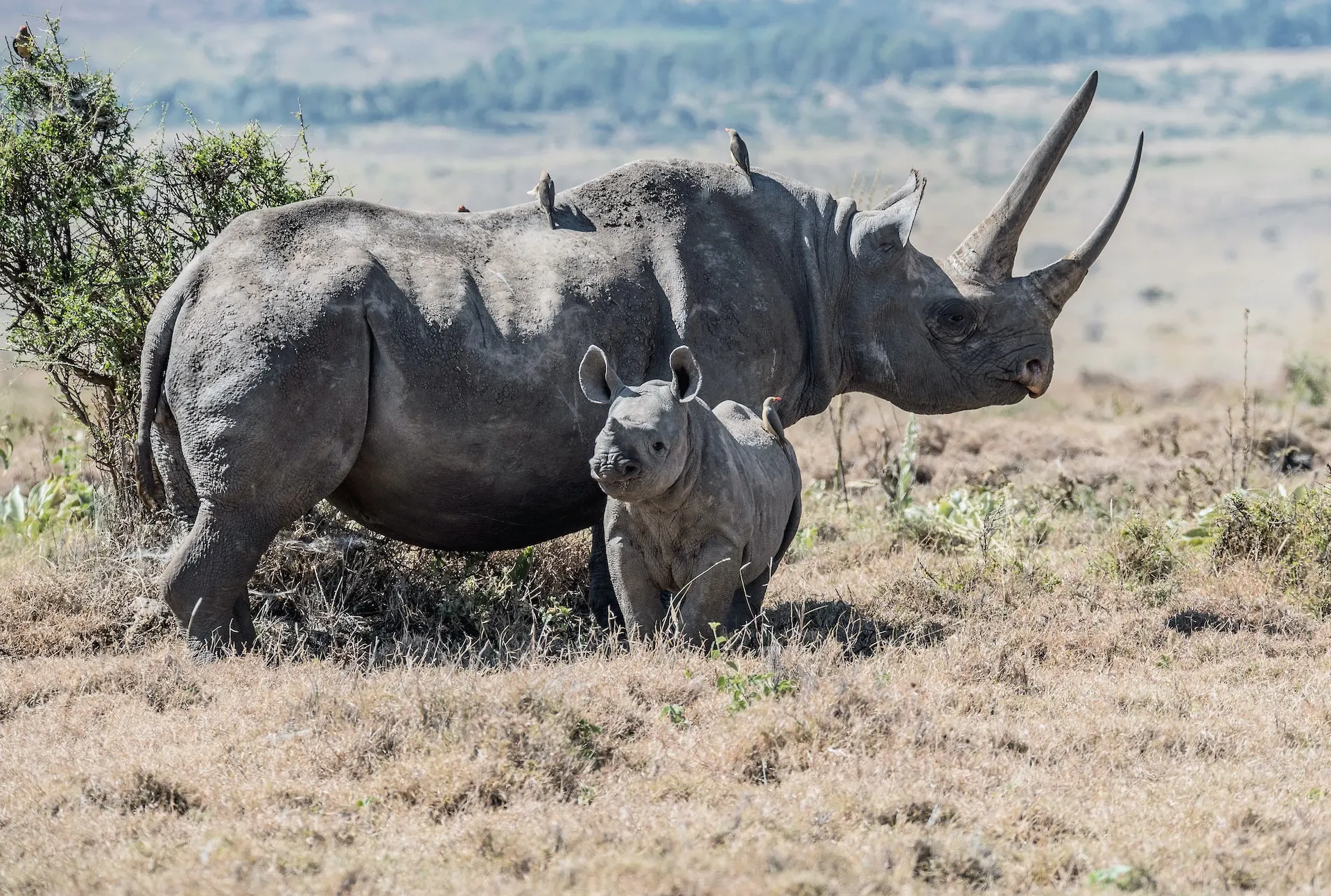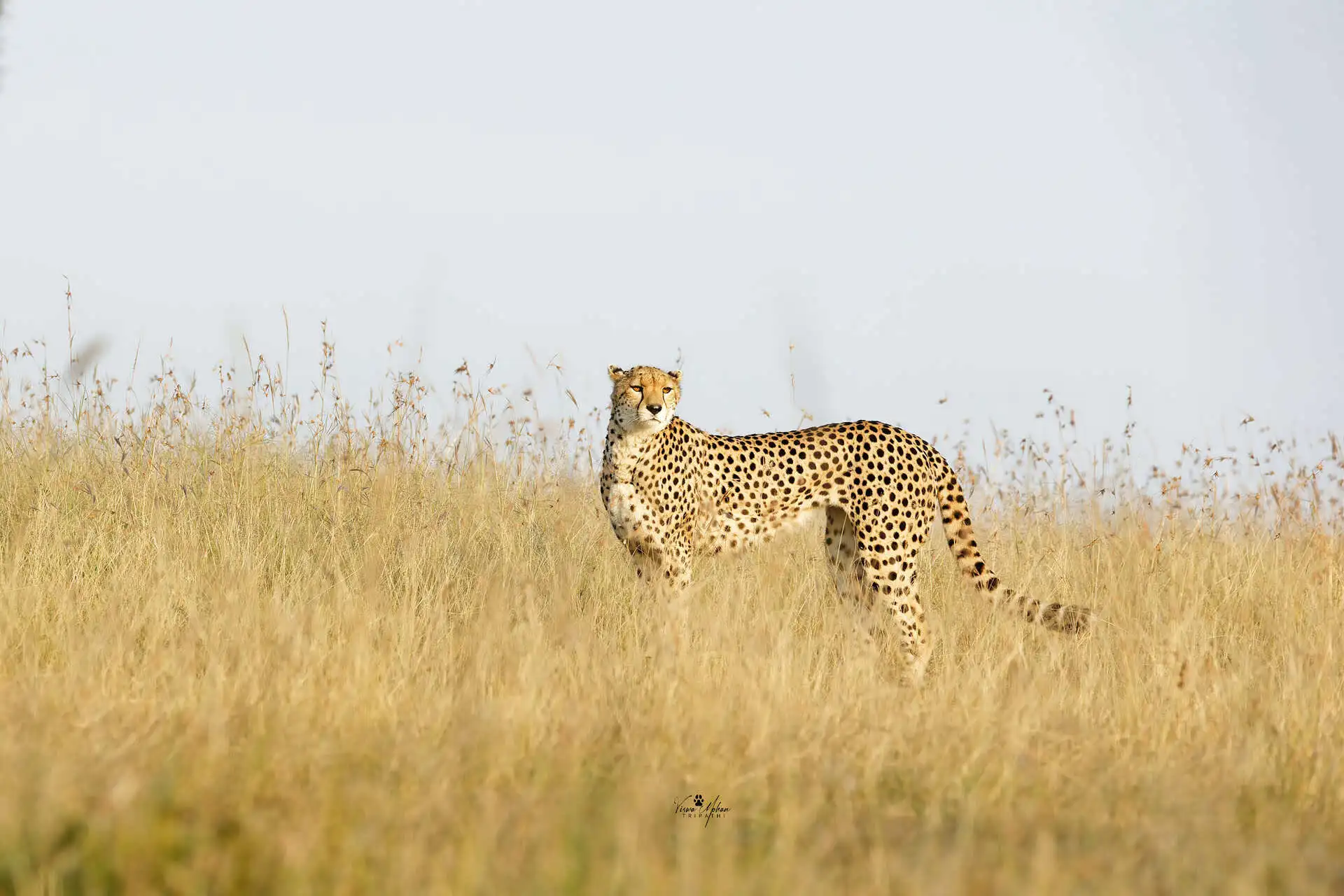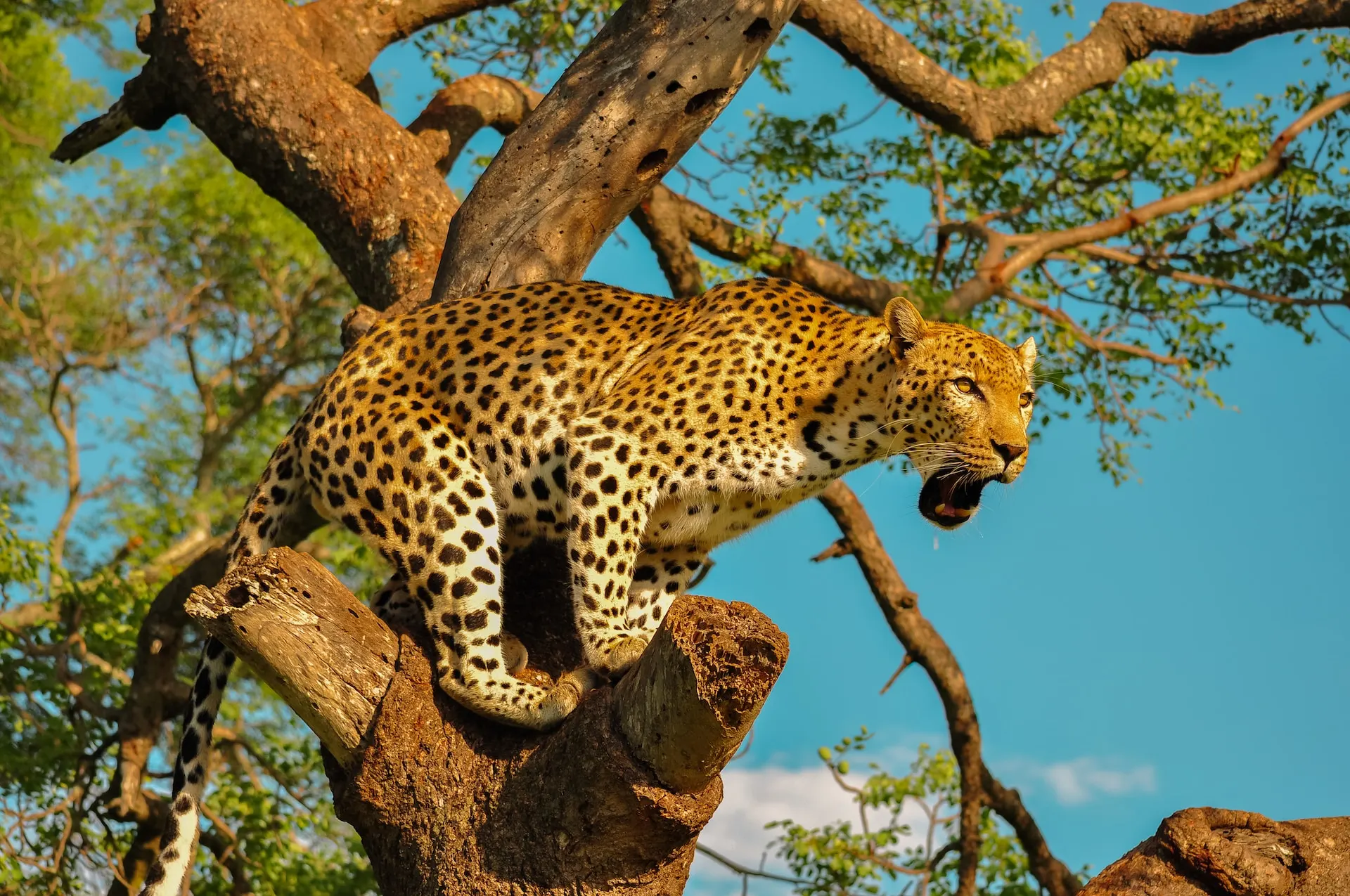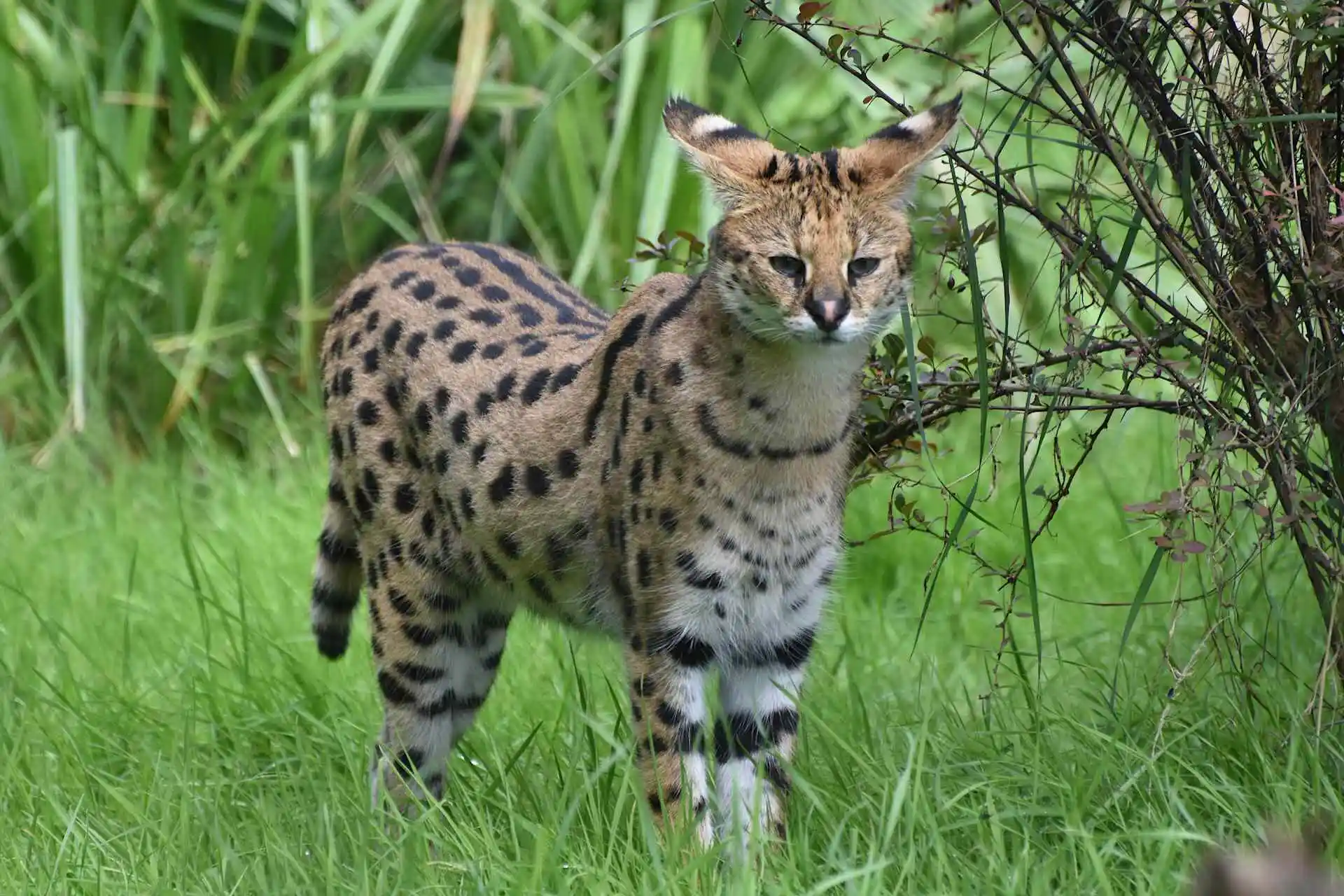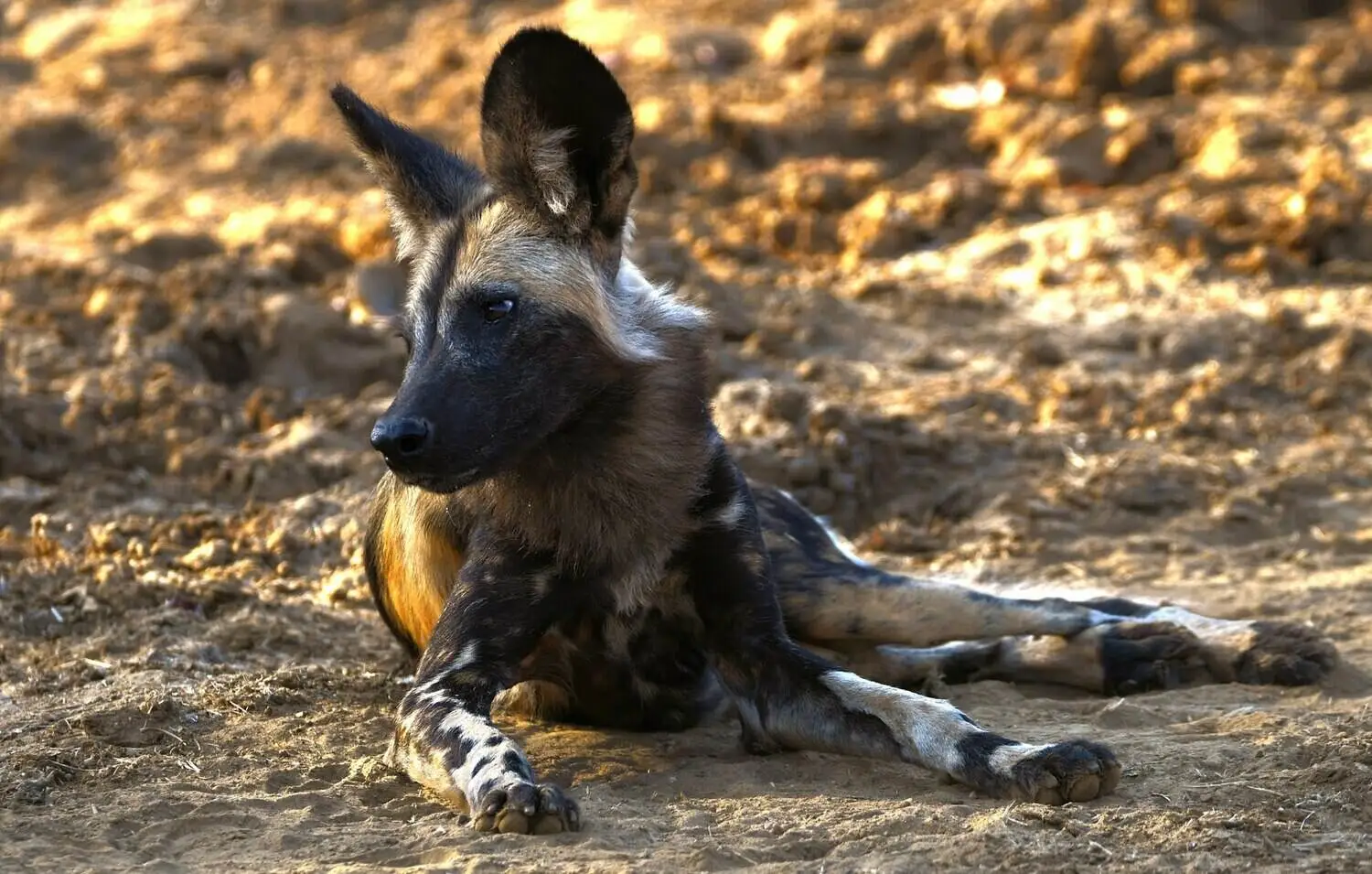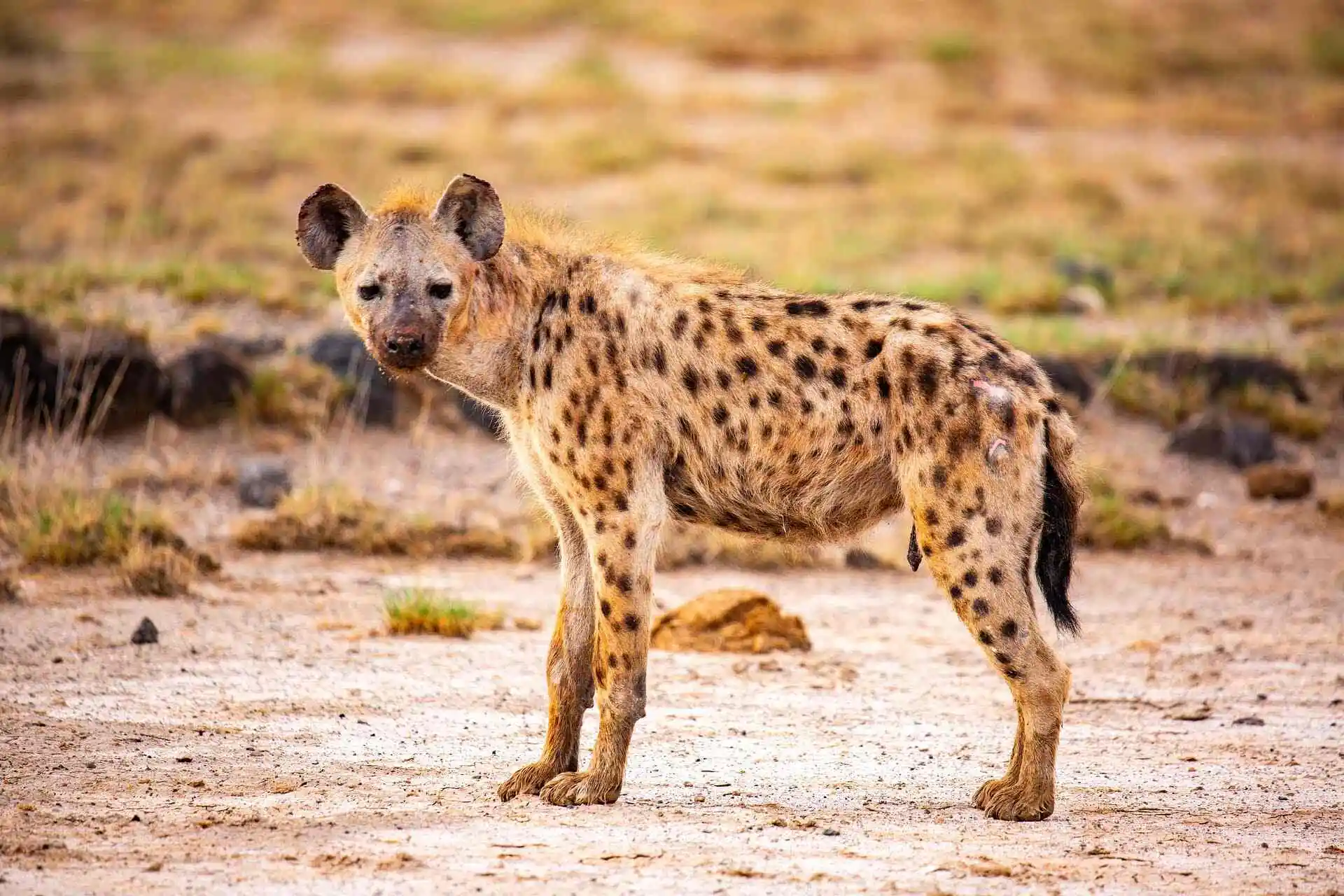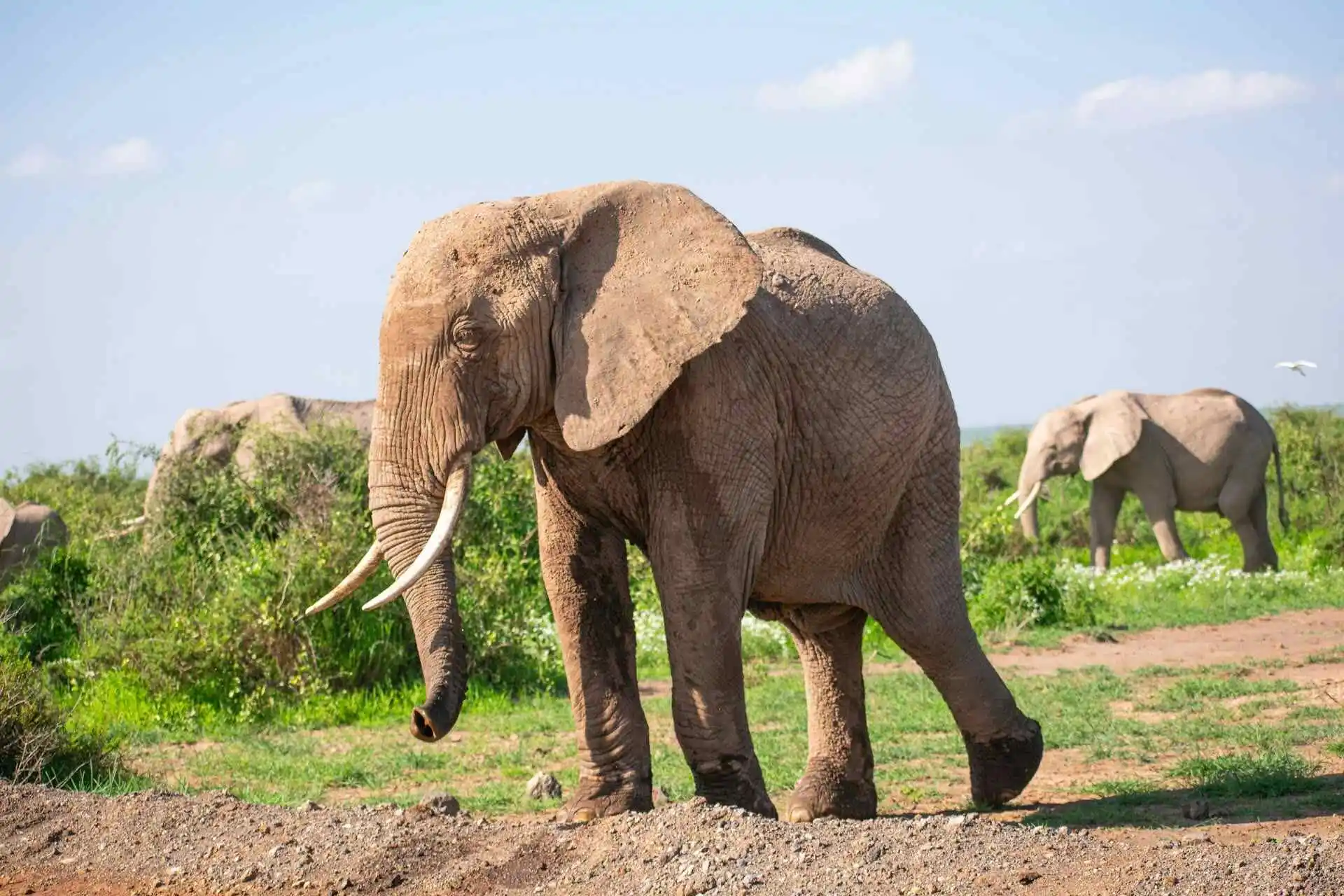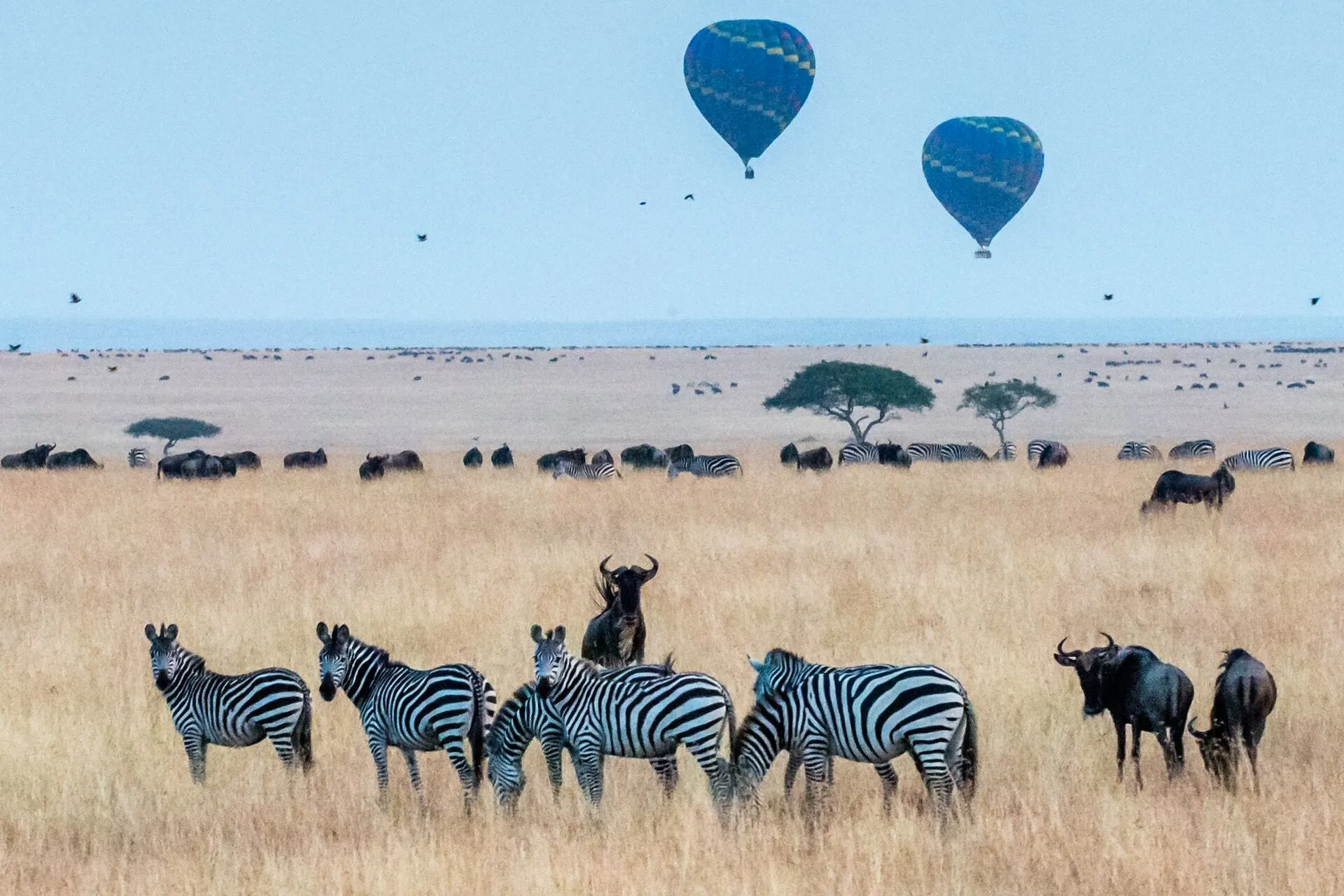First Glimpse of the Serval Cat
The serval cat is one of Africa’s most striking wild animals. It comes with long legs, big ears, and spotted golden coat. The cost often looks like a mix between a cheetah and a house cat. The serval’s scientific name is Leptailurus serval. And belongs to the same family as lions, leopards, and tigers, which is the Felidae family.
The name “serval” likely comes from a Portuguese word meaning “lynx-like wolf,” but this cat is truly one of a kind. Servals live mainly in sub-Saharan Africa and are most active in the early morning and evening hours. You will find them during African safaris. They have become favorites among wildlife photographers due to their unique appearance and graceful movements.
While some people admire servals for their exotic appearance, it is important to remember they are wild animals, not pets. They are best in hunting and survival form within their natural habitat.
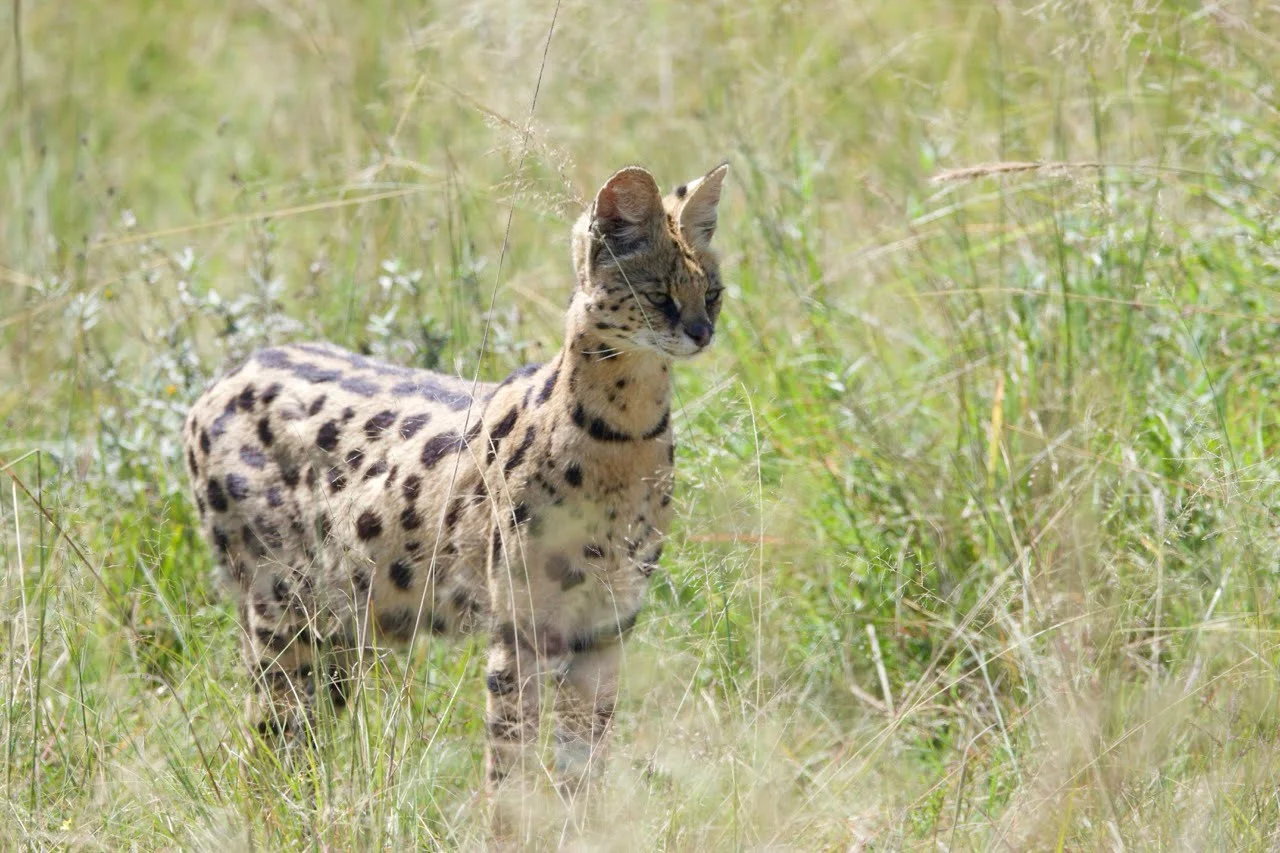
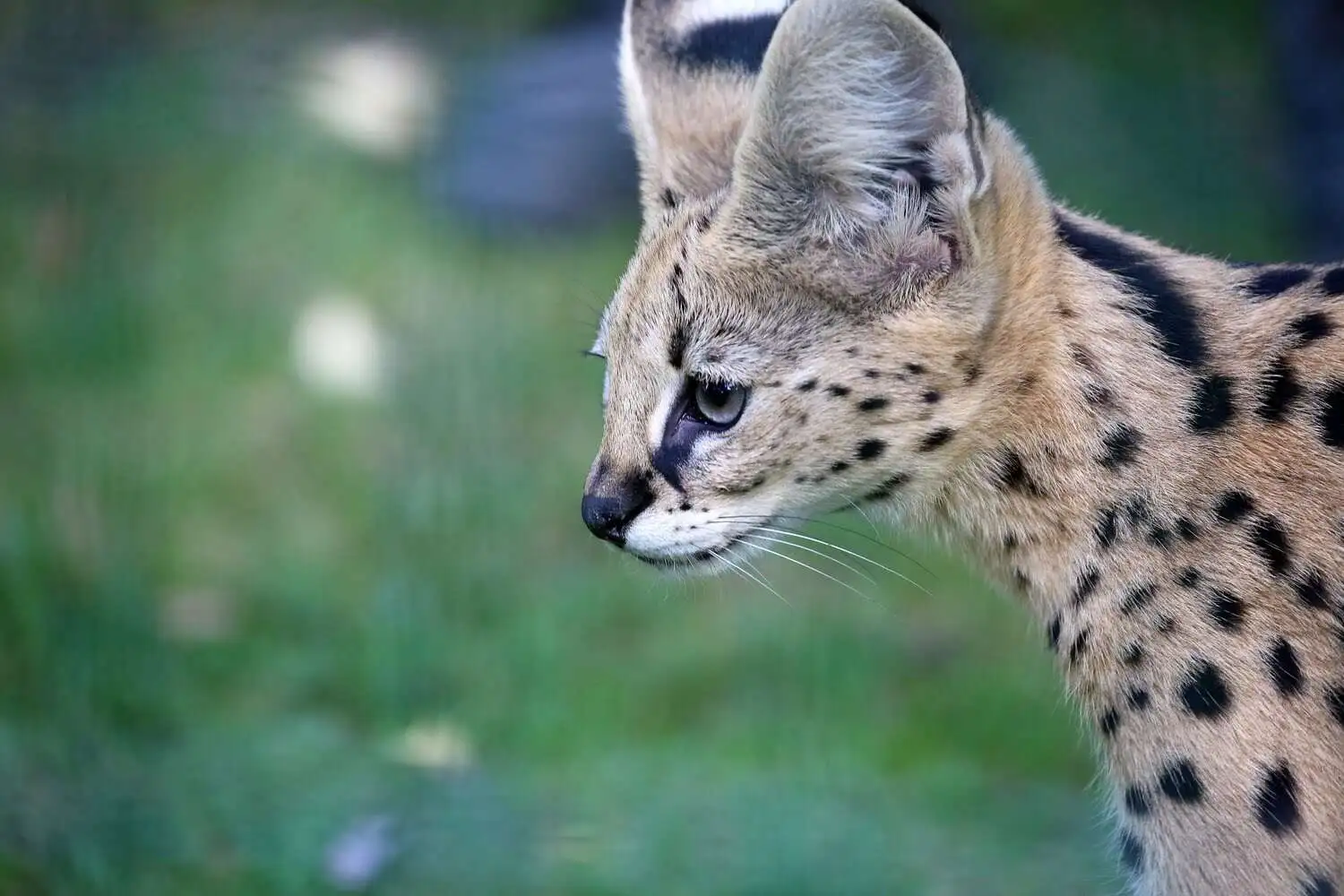
Appearance: What Makes a Serval Unique?
Servals are medium-sized cats, but they have the longest legs in proportion to body size of any cat in the world. These long legs help them see above tall grasses and leap incredible distances. A serval can jump up to 10 feet straight into the air to catch flying birds.
Most adult servals weigh between 20 to 40 pounds. They stand about 21 to 24 inches tall at the shoulder. Their bodies measure between 23 to 36 inches in length, with an additional 9 to 13 inches added by the tail.
Their golden-yellow coats are marked with bold black spots and stripes that turns as an excellent camouflage in grassy landscapes. No two servals have the same spot pattern. Some servals from East Africa are melanistic, which means they have a solid black coat. These black servals are rare and are often seen in high-altitude regions like Mount Kenya.
One of the most noticeable features of a serval is its ears. They are large, rounded, and highly sensitive. Servals rely on these ears to locate prey by sound, even underground.
Key Characteristics Table
| Characteristic | Details |
|---|---|
| Life Span | 10-12 Years |
| Speed | 80 KM/Hour |
| Weight | 10-15 KG |
| Height | 20-21 Inches |
| Jumping Ability | Upto 3 Meters |
| Conservation Status | Least Concern |
What Do Servals Eat?
Servals are expert hunters and rely more on sound and patience than speed. Their diet mostly includes small animals while making them essential to the ecosystem by controlling pest populations.
About 90% of them diet feeds on rodents, such as rats, mice, and mole-rats. They also eat:
- Birds
- Frogs
- Insects
- Reptiles
- Fish
Servals have been seen using their long legs to pounce on prey from above. They can leap both vertically and horizontally with great precision. Their success rate while hunting is impressive. Servals catch prey in over 50% of their attempts, which is much higher than lions or cheetahs.
Unlike big cats, servals rarely kill prey larger than themselves. They hunt alone and are most active during twilight hours. Even though they can also hunt at night.
Another fascinating skill is their fishing technique. Servals can scoop fish from shallow water using their front paws, which is a rare talent among wild cats.
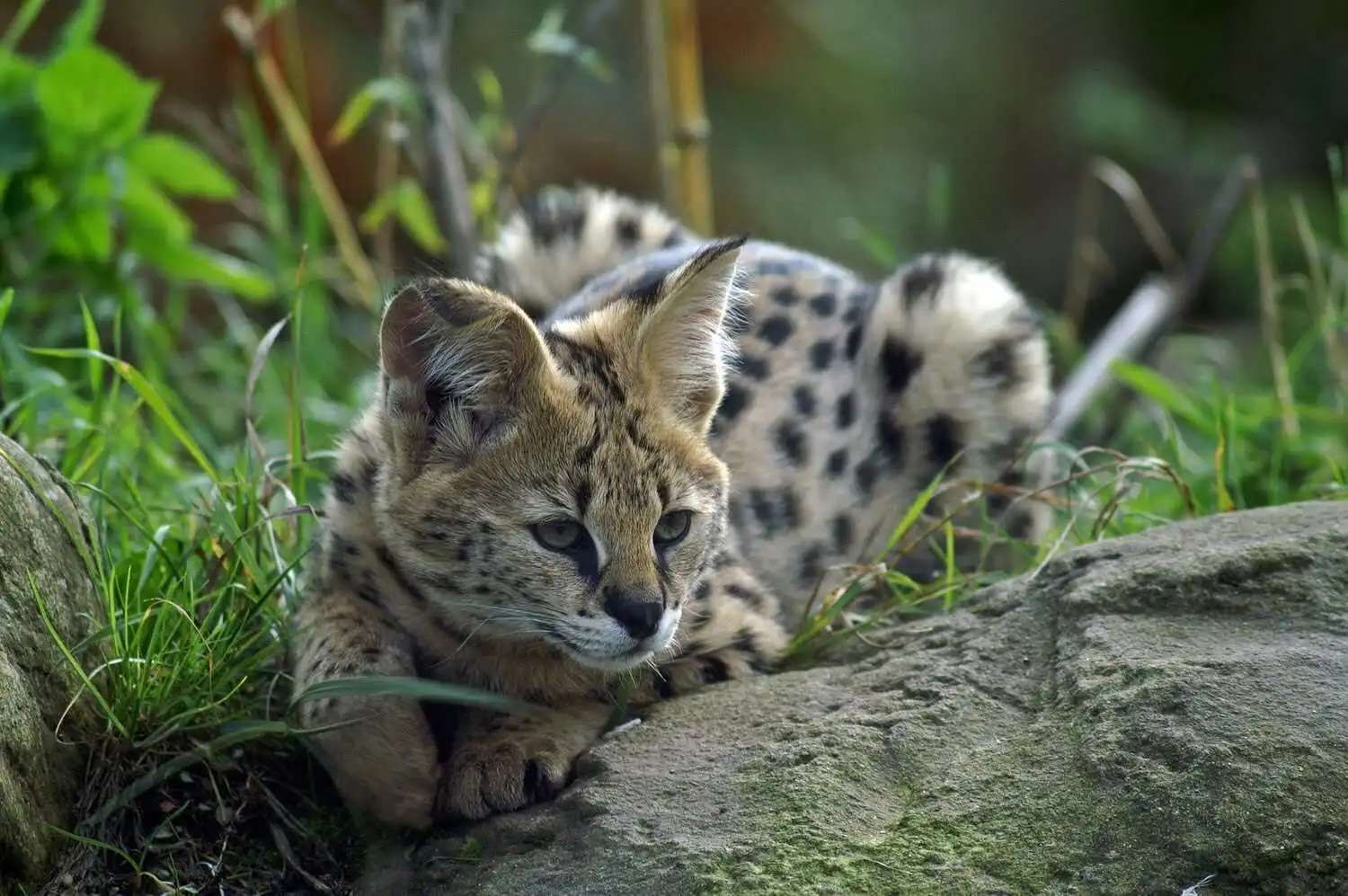
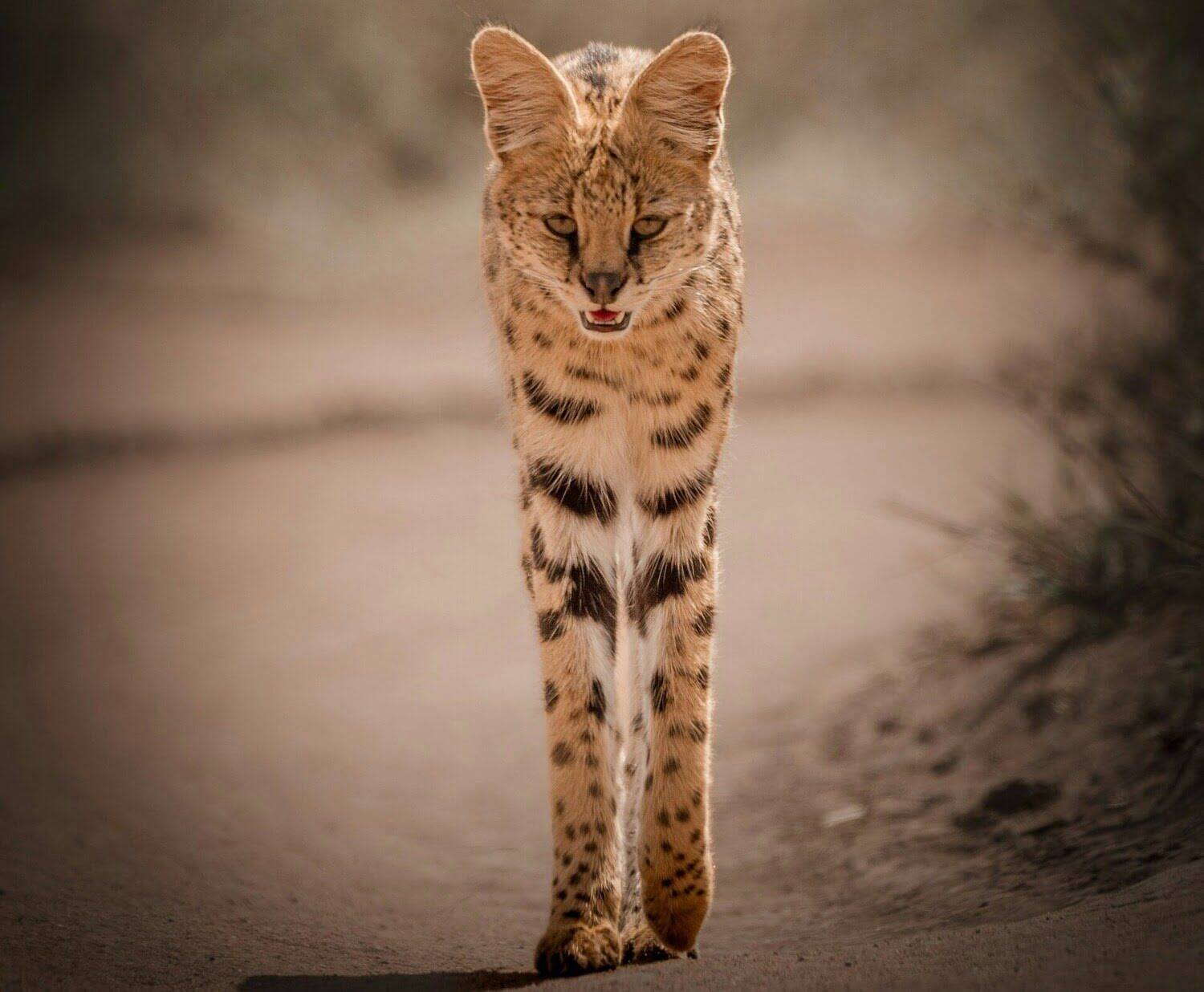
Where Do Servals Live?
Servals are widely distributed across Africa. They are found in more than 35 African countries. From Senegal in the west to Ethiopia in the east and down to South Africa.
They prefer habitats with plenty of tall grass and access to water. You will often find servals in:
- Savannas
- Wetlands
- Marshes
- Grassy riverbanks
- Forest edges
They avoid dry deserts and thick tropical rainforests. However, they are extremely adaptable. In areas like Mount Kilimanjaro and the Ethiopian Highlands, servals have been found living at elevations of up to 12,500 feet.
Some servals even live near farmlands, especially where rodents are common. But they tend to stay away from busy human settlements and urban areas.
Their ability to live in such a wide range of habitats that is from sea level to high altitudes shows how flexible these cats are.
Are Servals Endangered?
The serval is currently listed as “Least Concern” by the International Union for Conservation of Nature (IUCN). This means they are not endangered at the moment. However, they do face several threats like:
- Habitat loss due to farming and urban development
- Illegal wildlife trade for their exotic fur or for the pet market
- Conflict with farmers as servals are sometimes killed to protect livestock or poultry
In some regions, like North Africa, servals are considered extinct. Conservation efforts are needed to make sure serval populations remain healthy and protected in the wild.
Why the Serval Deserves Your Attention?
The serval is a perfect example of nature’s beauty. For those lucky enough to see one on safari, a serval encounter is the top highlight of the trip. Watching one leap high into the air or quietly hunt in the grass is a moment few forget. Servals may not be as famous as lions or leopards, but they are just as fascinating. If you ever find yourself exploring Africa’s great grasslands, keep your eyes open. The serval may be quietly watching you from the tall grass, ready to remind you of nature’s hidden gems.

